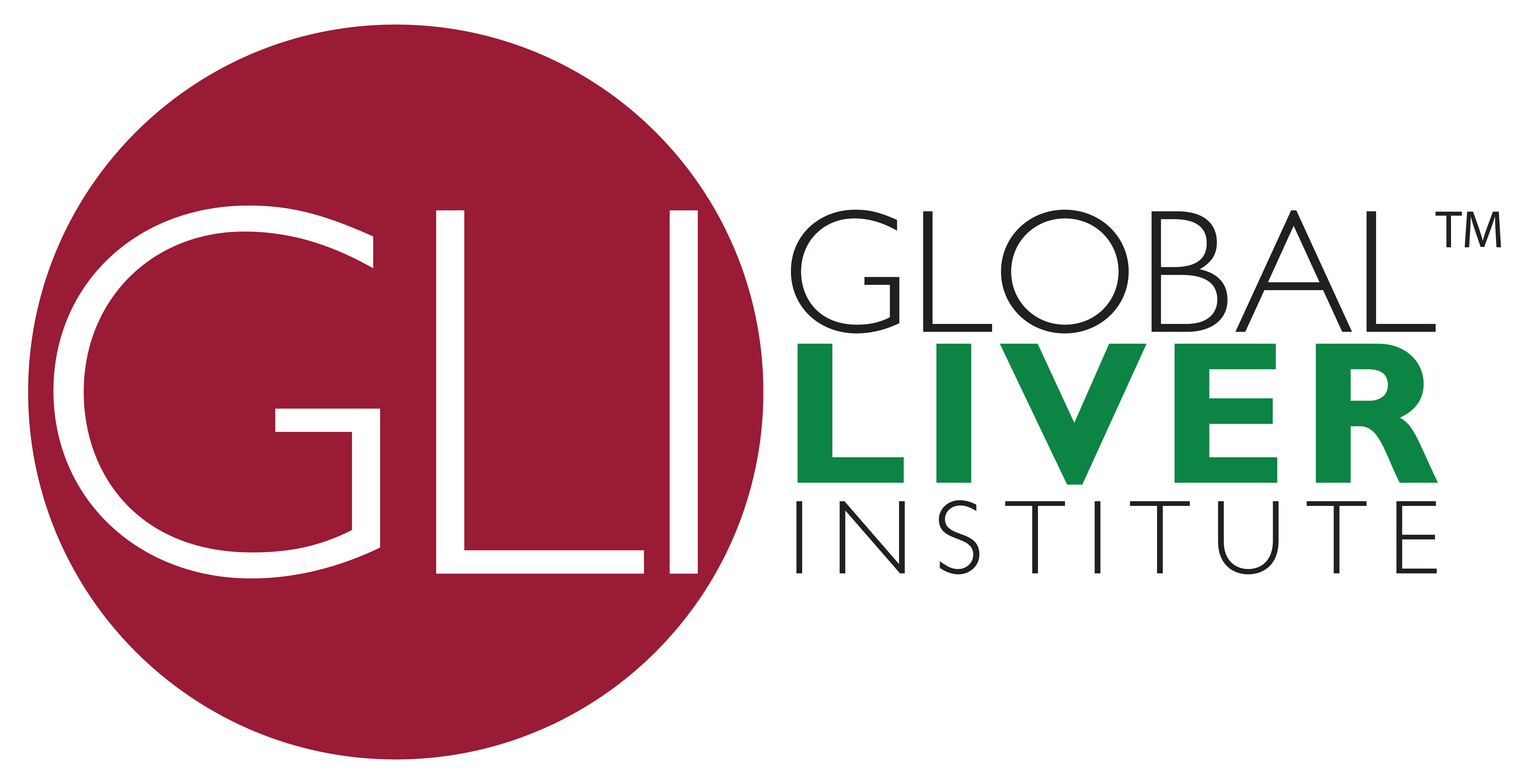Terri’s Story
When my doctor told me that I had fatty liver disease in 2015, the communication was that it was no big deal. In 2016, I was diagnosed with lupus then pancreatitis. Eventually, the pain, discomfort and fatigue from gallstones led me to an elective gallbladder surgery in 2017. During the surgery, my well-meaning surgeon found my liver to be nodular and decided to biopsy three separate spots while in the process of removing my gallbladder. What my surgeon did not know is how that biopsy would trigger a series of complications for my fragile liver.
The biopsy, taking samples from my liver, triggered a series of events that for me became life-threatening, leading first to ascites, a condition that occurs when fluid collects in spaces in your belly. A week later I was holding 40 pounds of fluid. The biopsy showed cirrhosis covering my liver caused by a condition called nonalcoholic steatohepatitis (NASH), now referred to as metabolic dysfunction-associated steatohepatitis (MASH). Before the biopsy, my liver cirrhosis was asymptomatic, known as compensated cirrhosis. After the biopsy, I had decompensated cirrhosis. I was changing clothes 6 times a day and soaking through towels with all the fluid. I had hepatic encephalopathy, a form of brain fog that often accompanies liver disease. I was fully symptomatic.
In 2018, I was diagnosed with liver cancer. Thankfully by then I was a self-advocate and an educated patient. I worked with my doctors to ensure that my tumors were treated with localized therapies to preserve liver transplant as a future option. In 2022, I received a transplanted liver.
Until my diagnosis, I was unaware of liver cirrhosis unrelated to alcohol. My doctors had given me no warning that my fatty liver could wreak such havoc. Of course now I know that NASH/MASH is the fastest-growing cause of cirrhosis, liver cancer, and liver transplant.
I am grateful to be part of the Global Liver Institute’s Liver Action Network and Fatty Liver Disease Council, where stories like mine can drive efforts to improve public policies for patients with liver disease and liver cancer. When I was diagnosed, there was no treatment for NASH/MASH. Today, treatment is available – if you can get it.
While most insurers are allowing doctors to follow clinical guidelines, the Department of Veterans Affairs (VA) is dictating doctors do what was done to me. The VA only recognizes a NASH/MASH diagnosis with biopsy instead of allowing for diagnosis with a noninvasive imaging technology.
If a handyman needs a Phillips-head screwdriver but only has a flathead in the toolbox, that screw is going to be either damaged or the project left unfixed. Doctors use the best tools at their disposal and that they know how to use, following clinical guidelines developed by their professional societies. Most genuinely want to do no harm and care about their patients. But for patients like me, a biopsy is like using a hammer on glass. When the VA ignores clinical guidelines and instead gives doctors a toolkit missing the tools best suited for the job, veterans will either take the risk or go without treatment.
I hope that the VA hears and appreciates my story. I could have avoided so much pain and trauma if only my diagnosis had come from a noninvasive image, as opposed to a biopsy. Yet, the VA’s Criteria for Use for NASH/MASH medication calls for a diagnosis from biopsy and tells veterans to delay care for 6 months after engaging in “lifestyle interventions” before allowing access to the only medication currently marketed for NASH/MASH. This is a progressive condition that only gets worse without treatment over time. Those serving our country deserve better.
As a young person, I was a bit of an adrenaline junkie, with a penchant for roller coasters. This year, I am preparing to celebrate my 61st birthday and the second anniversary of my transplant by skydiving, a long-held bucket list item. I plan to do a solo jump in five years, marking my cancer-free status.
Throughout my journey, I have and will hold on to my gratitude for all those that have done their best, using the best tools they knew at the time, to help me along the way. And I will use my voice to advocate giving doctors – and the patients and veterans that depend on them – an updated toolkit for a smoother journey to wellness.
